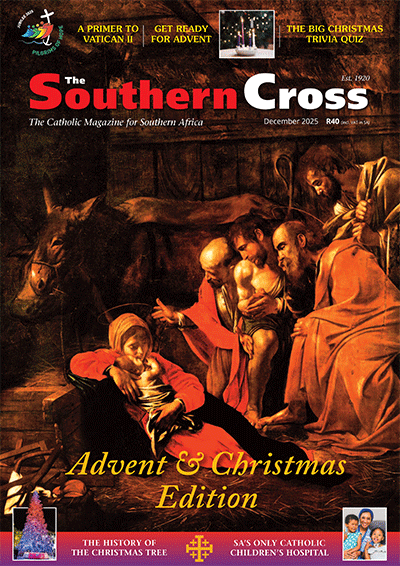To Beat the Devil
Pope Paul VI suspended the priest’s tonsure. Did he suspend the exorcism practices as well? If so, why then does an official office of chief exorcist exist in the Vatican? T M Rosa
Pope Paul did not suspend the clerical tonsure but abolished it in 1972 along with clerical minor orders. In the rite of tonsure, the candidate had his hair shaved off either wholly or partly to show that he was about to enter the clerical state. Today a man becomes a cleric when he is ordained a deacon.
The Catholic Encyclopedia defines exorcism as the act of driving out or warding off demons or evil spirits from persons, places or things which are believed to be possessed or infested by them, or are liable to become victims or instruments of their malice.
The Church’s liturgical rite of exorcism, dating from the year 1614, was revised under Pope John Paul II only in 1998. It reasserts the Church’s traditional belief in demons and diabolical possession and declares that the Church, having the authority of Christ, continues to pray that individuals will be freed from the snares of the devil.
Exorcists frequently have to fast and pray fervently before attempting the rite. They are reminded that they have the spiritual authority over Satan which Christ confided in his Church.
The rite is performed by a priest having the mandate of his bishop to do so, and whose holiness of life is manifest. It principally entails prayers asking for God’s help followed by stern commands addressed to the evil spirit, ordering him to leave the possessed person alone. The priest lays his hand on and sprinkles the person with holy water.
The Vatican’s chief exorcist has to be a priest who actively performs exorcisms and who keeps in contact with bishops who have reported exorcisms to the Congregation for Divine Worship. The former chief exorcist was Fr Gabriele Amorth who is reputed to have said that the devil is more afraid of him than he is of the devil. Fr Vincenzo Taraborelli is his successor.
Nowadays there are not many cases when the rite is used. Perhaps this is due to the requirement that those suspected of diabolical possession must first voluntarily undergo psychiatric assessment. The local bishop will usually consult suitable practitioners to ascertain whether they can diagnose a disordered state in terms of their symtomatology. When they cannot readily do so, the bishop may decide on exorcism. Updated from 2011
- The Day a Saint Shoved Me - November 11, 2025
- Is the Doxology Part of the Lord’s Prayer? - September 25, 2025
- Can a Christian Doubt Heaven? - June 24, 2025





